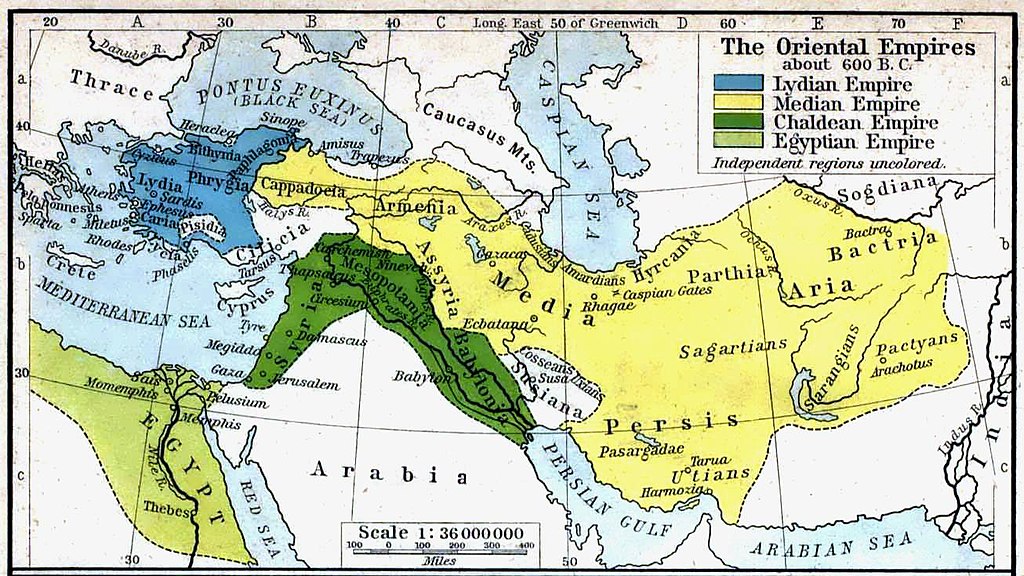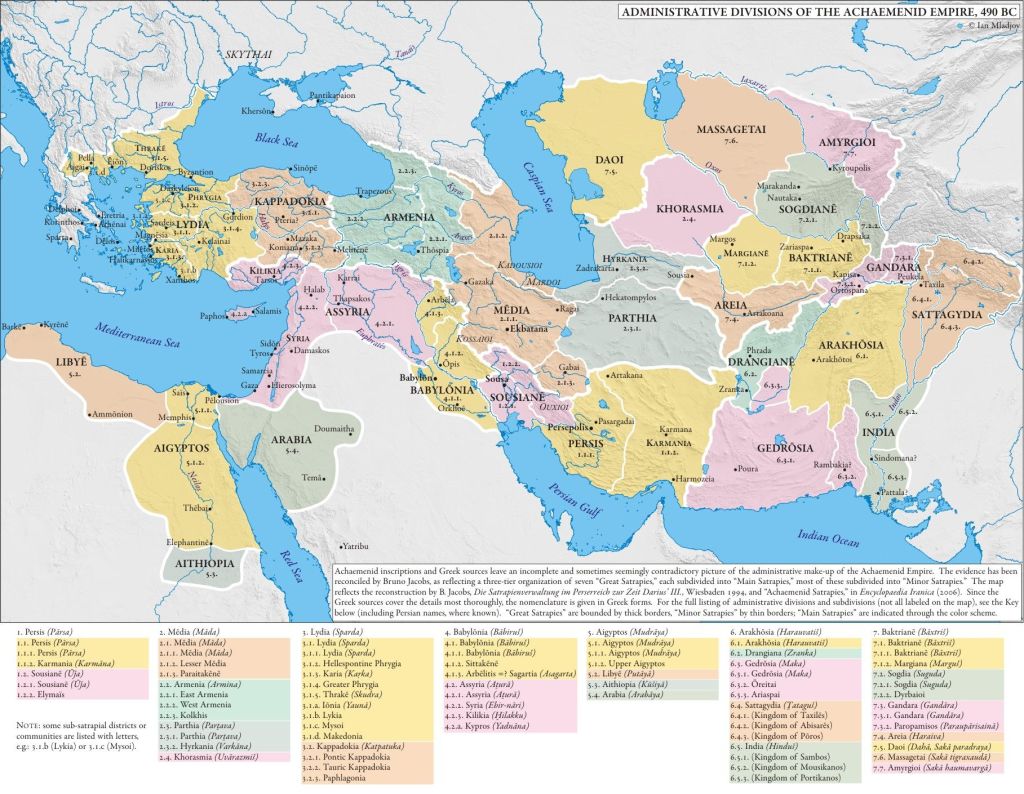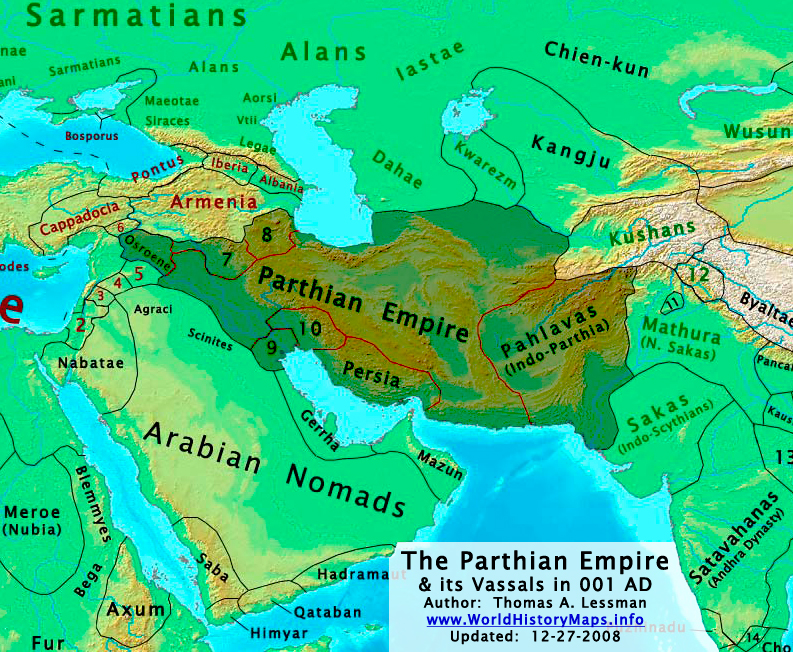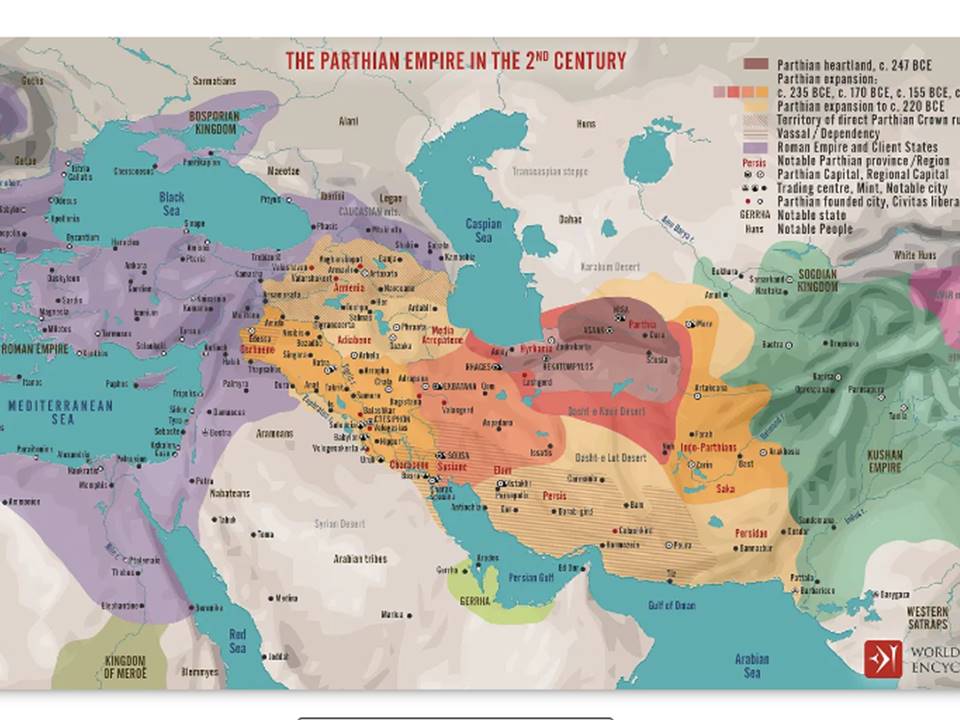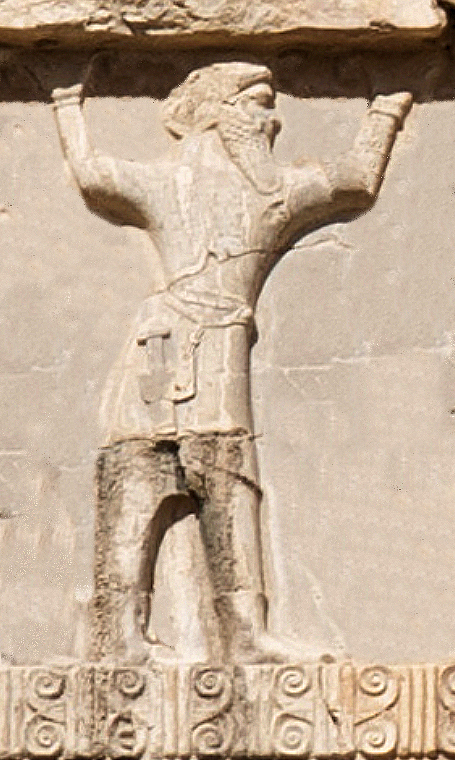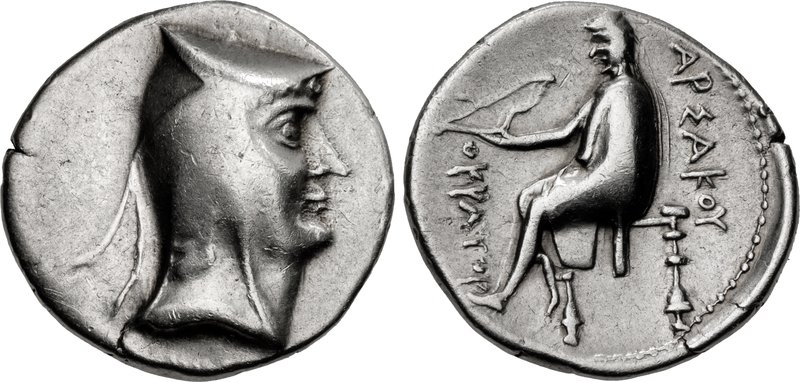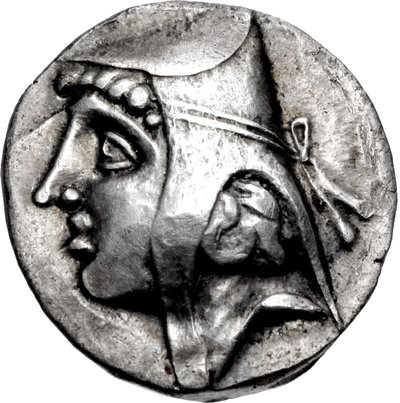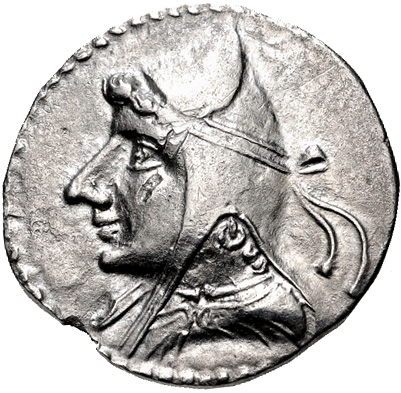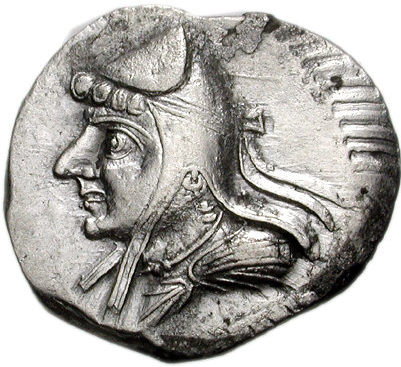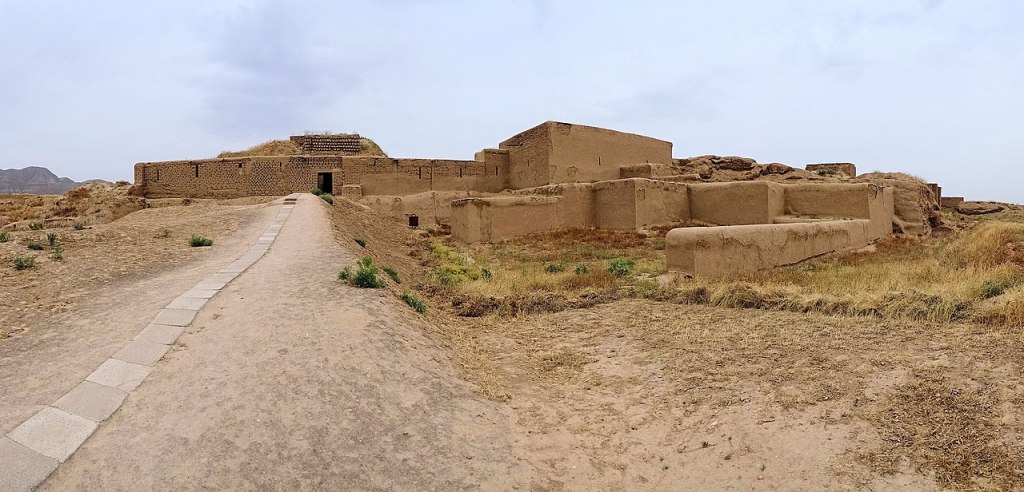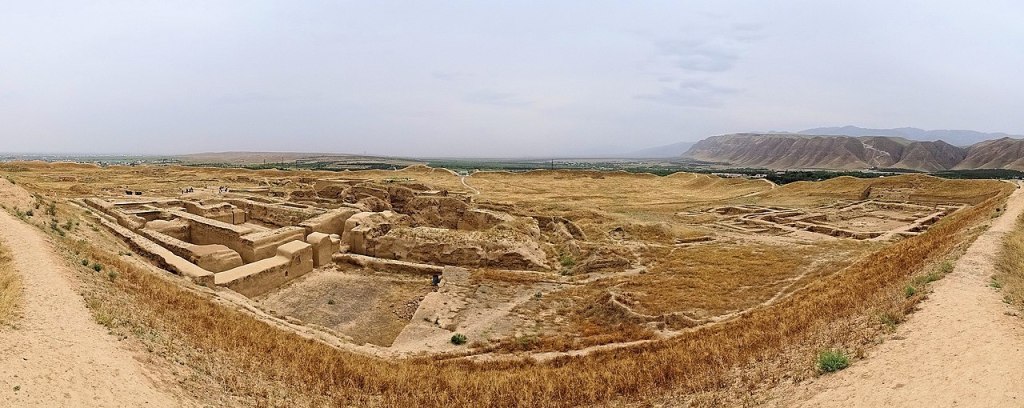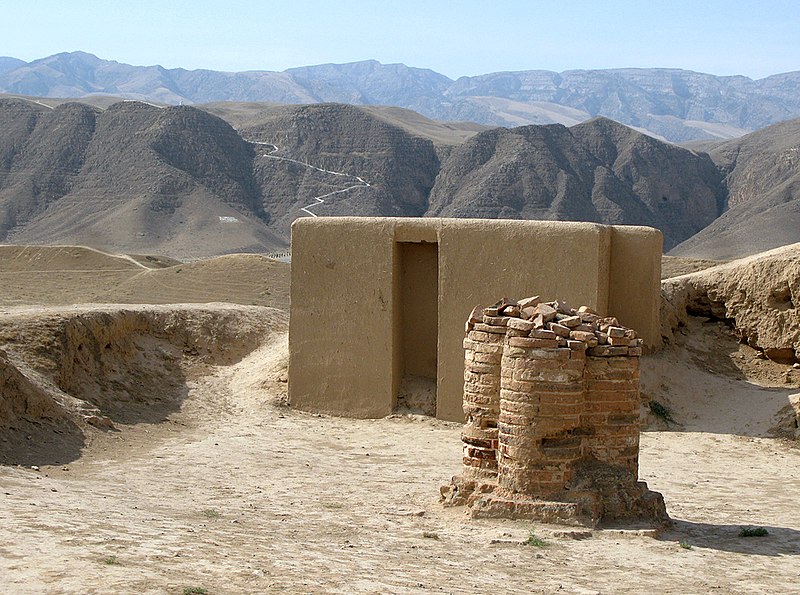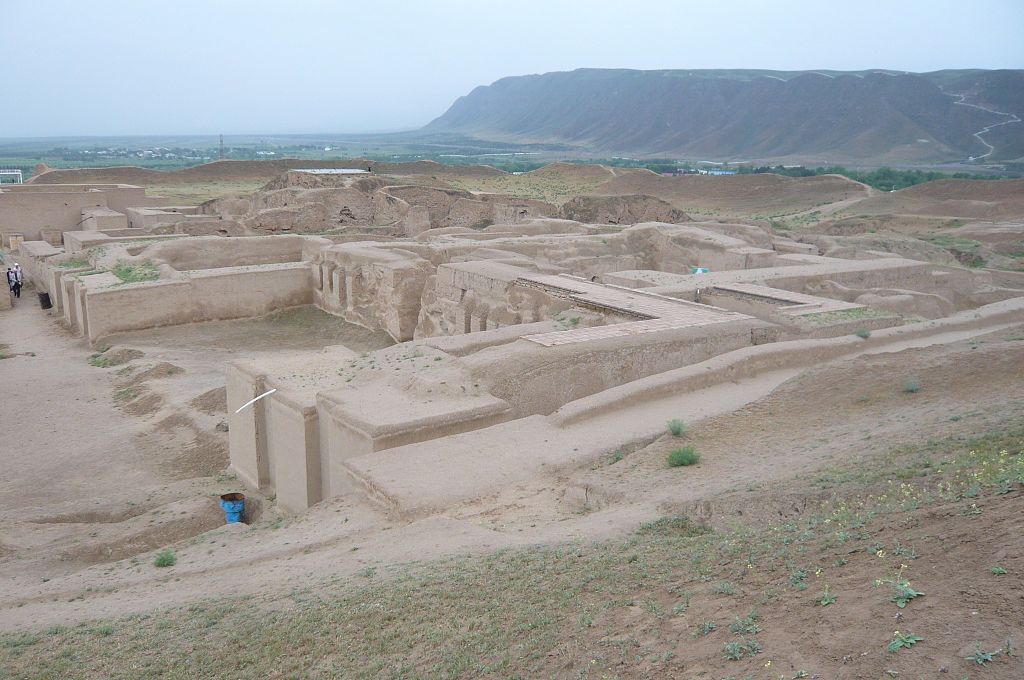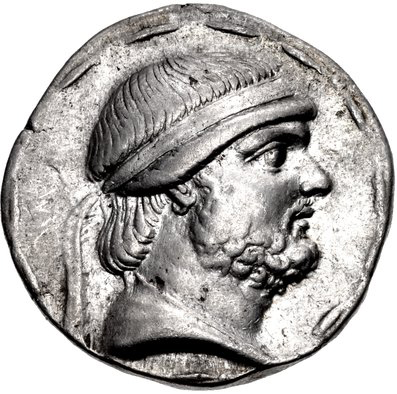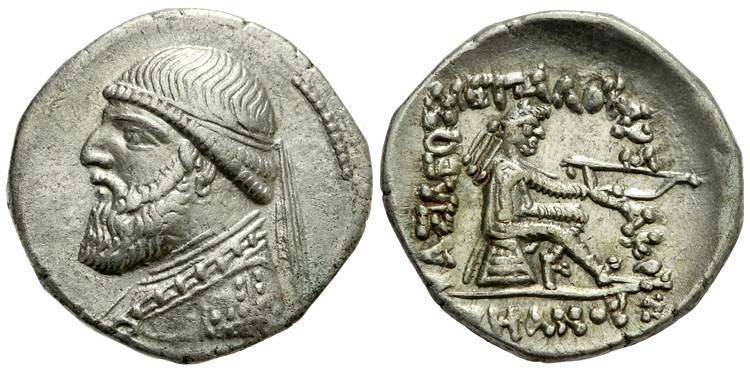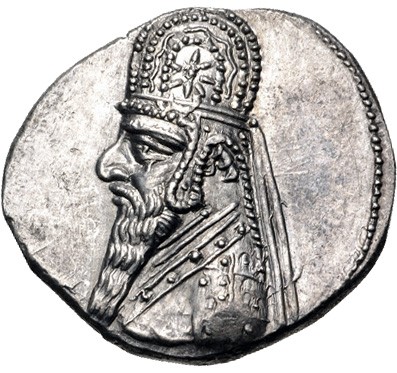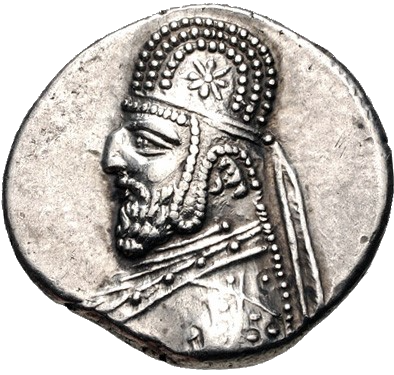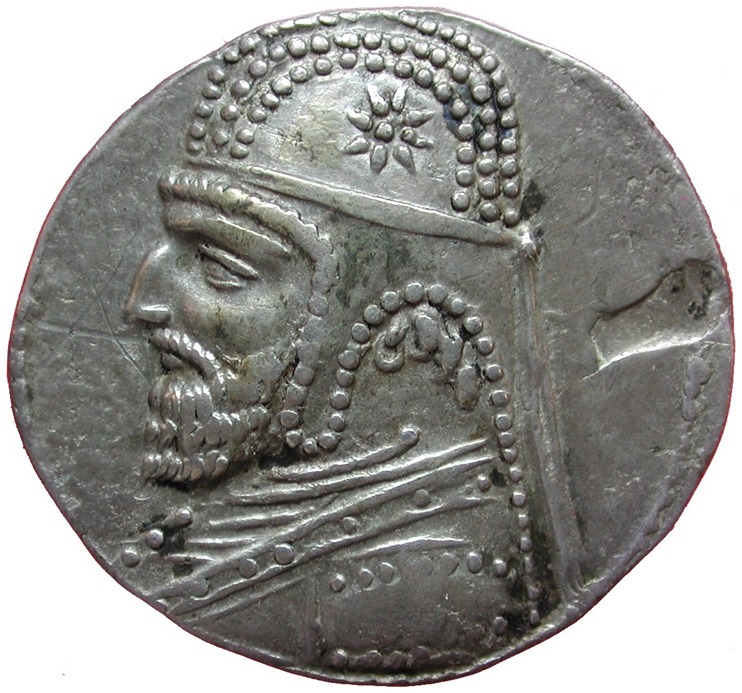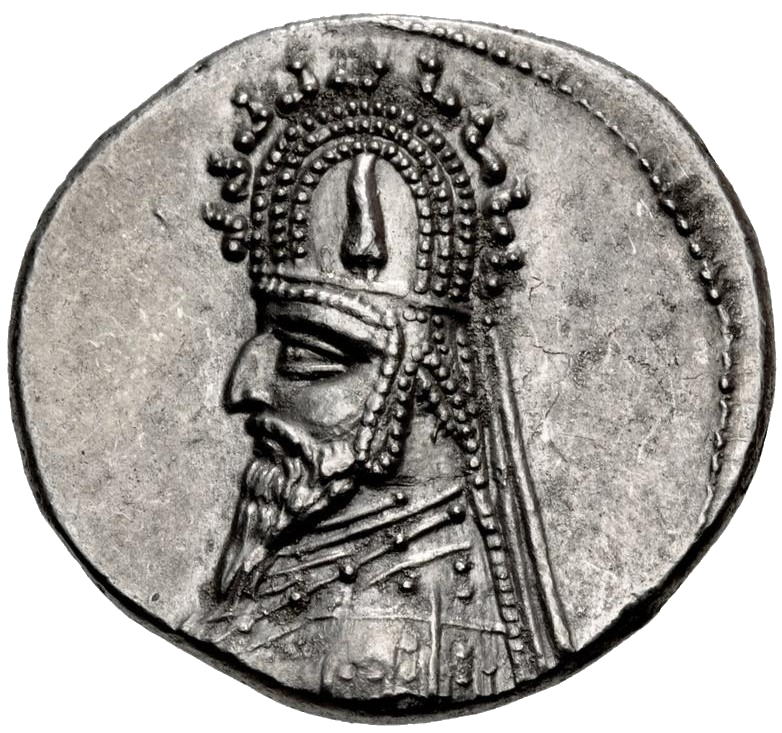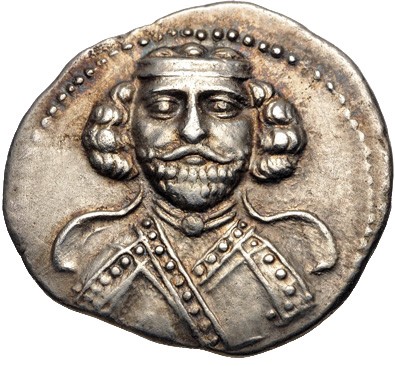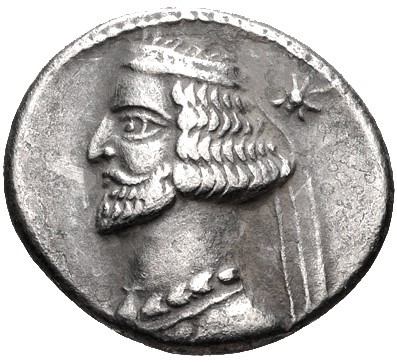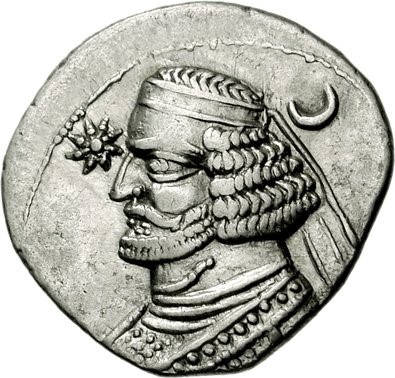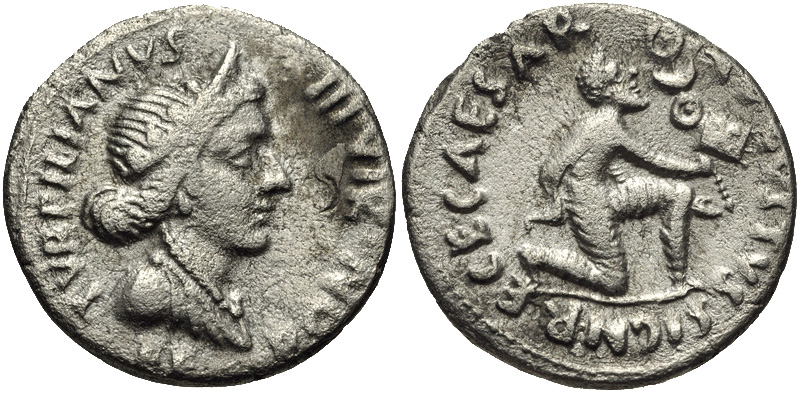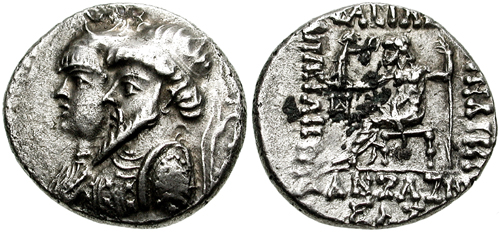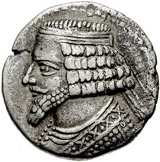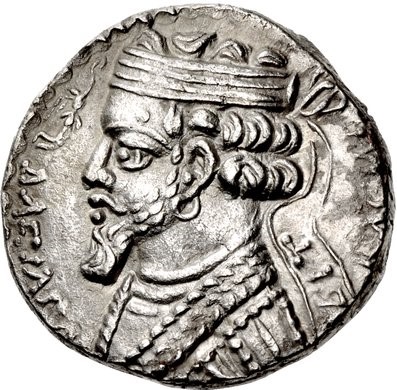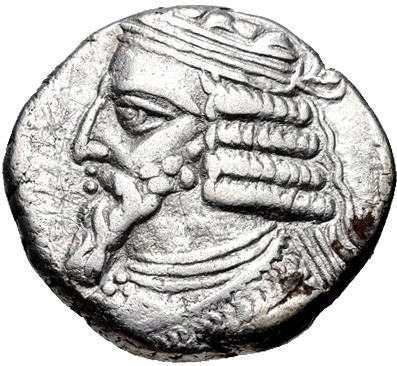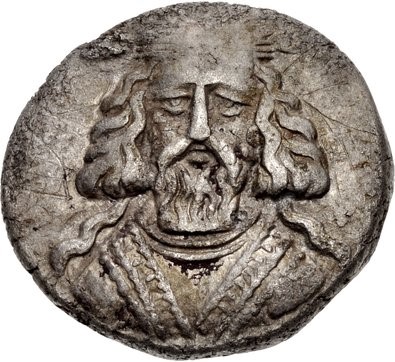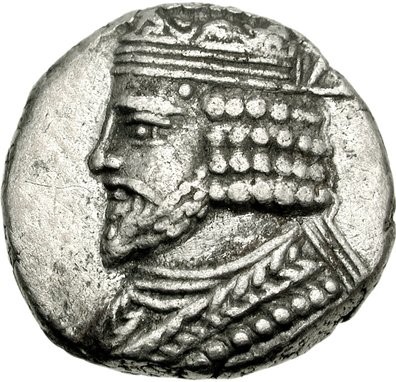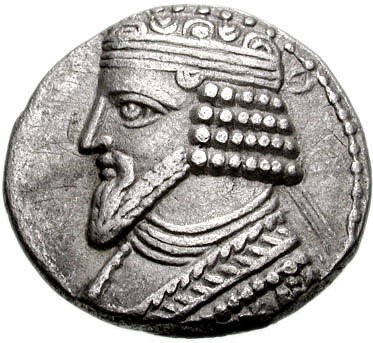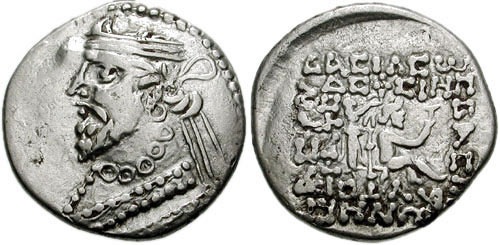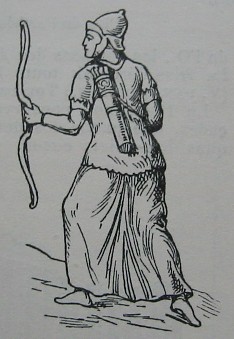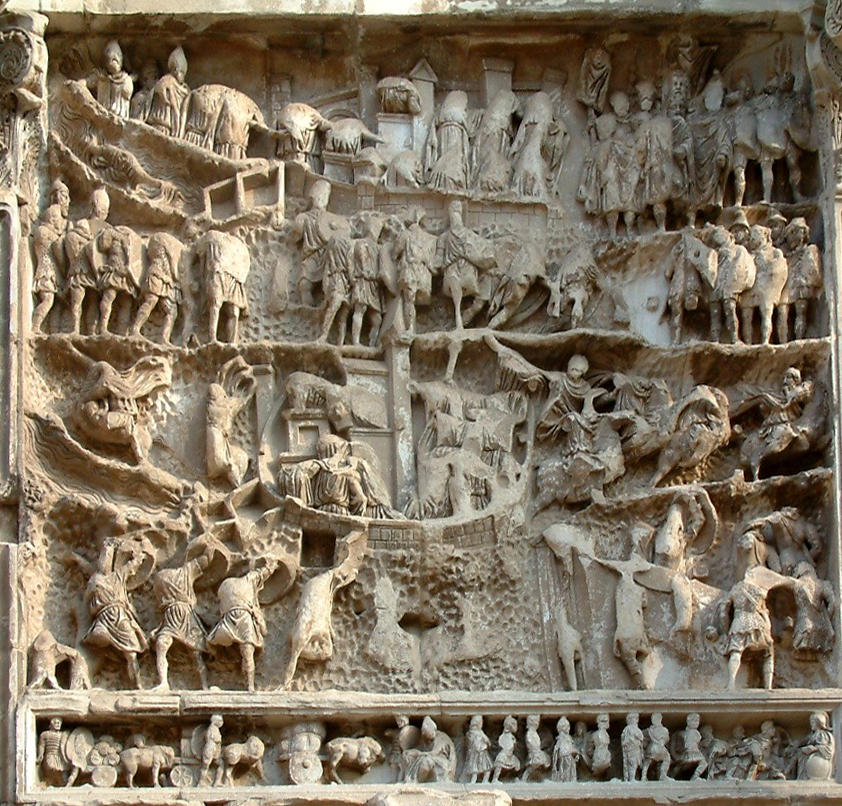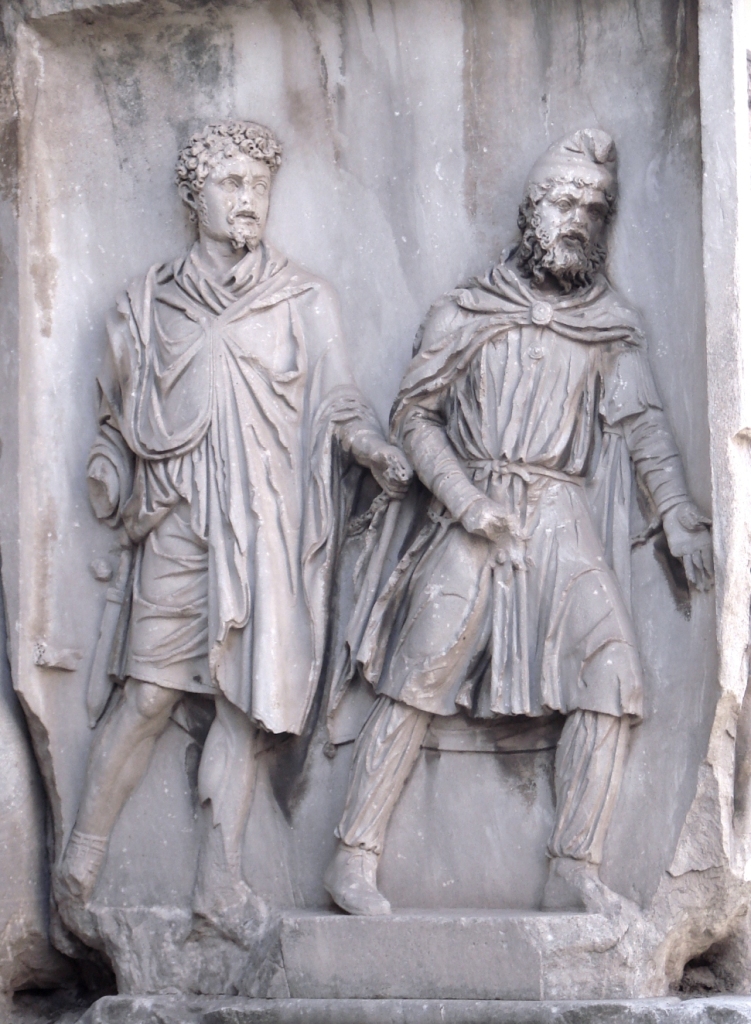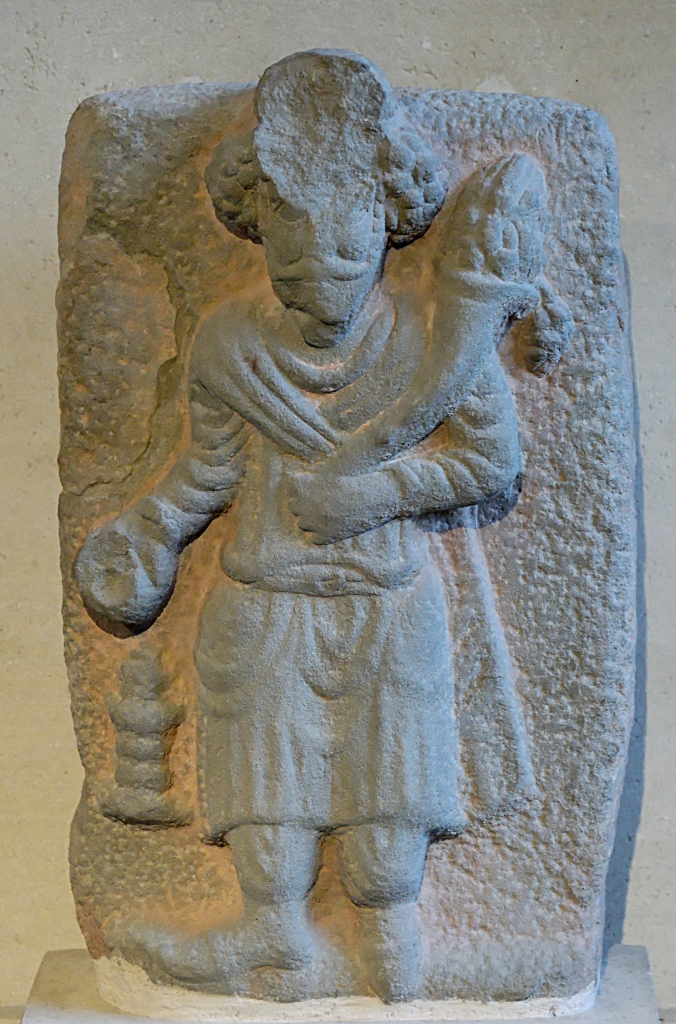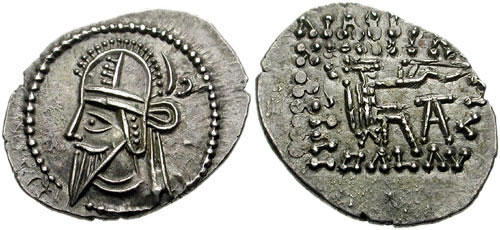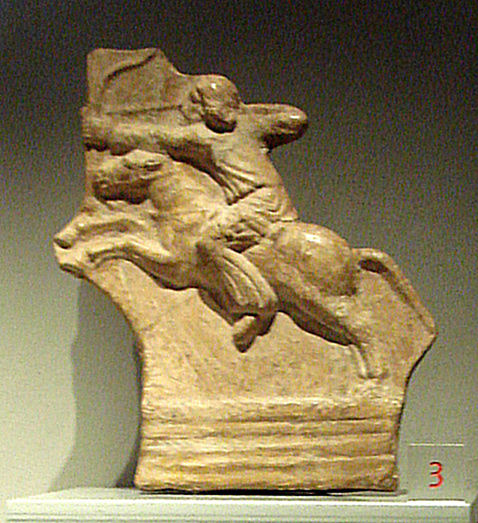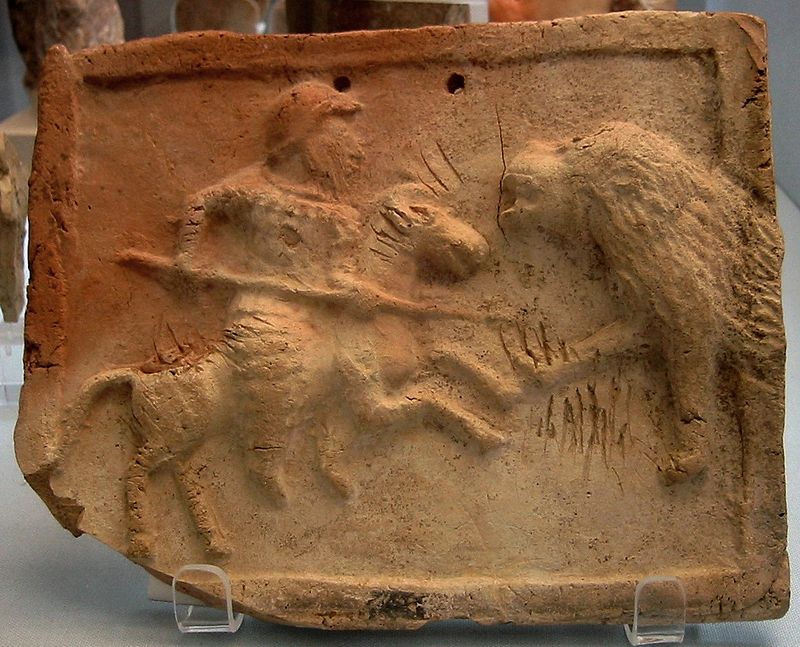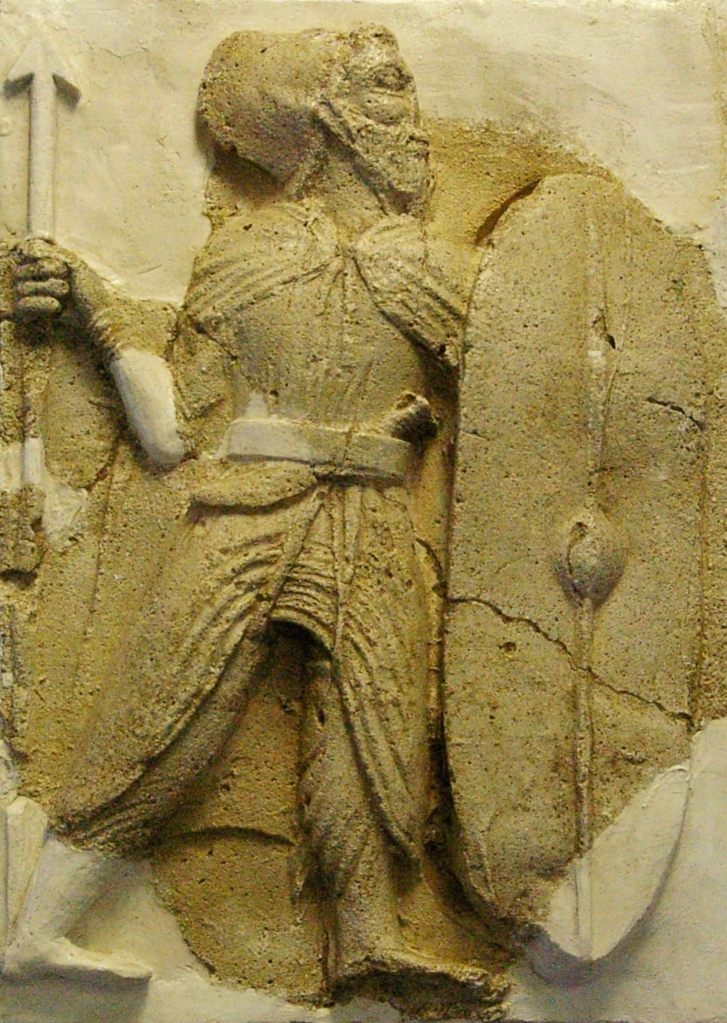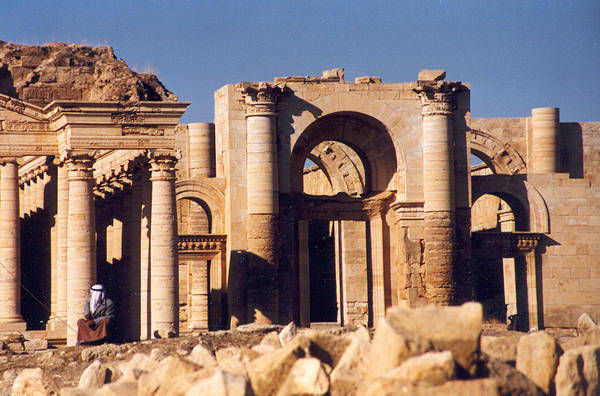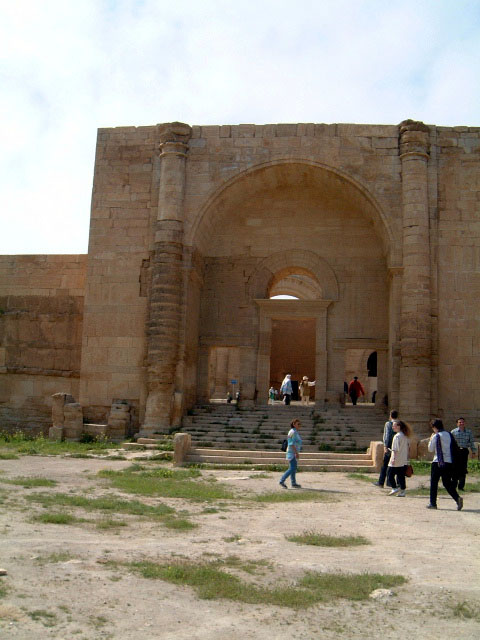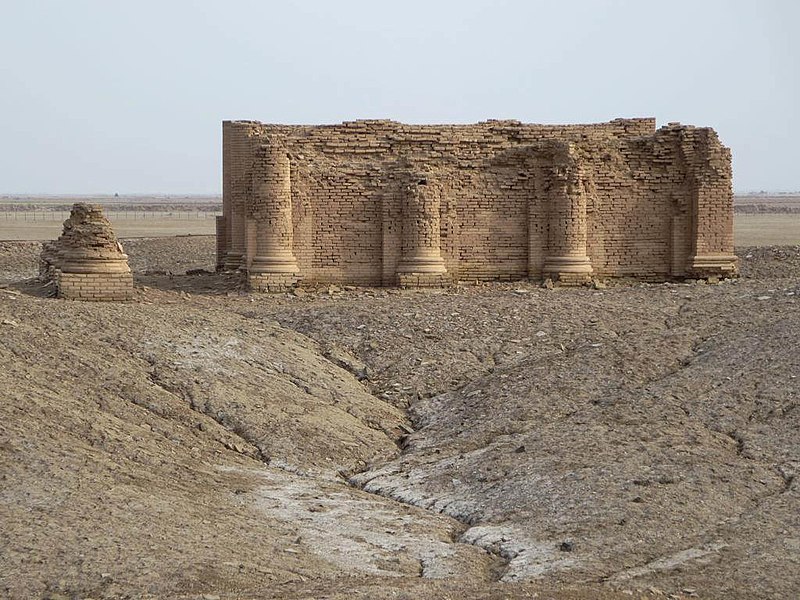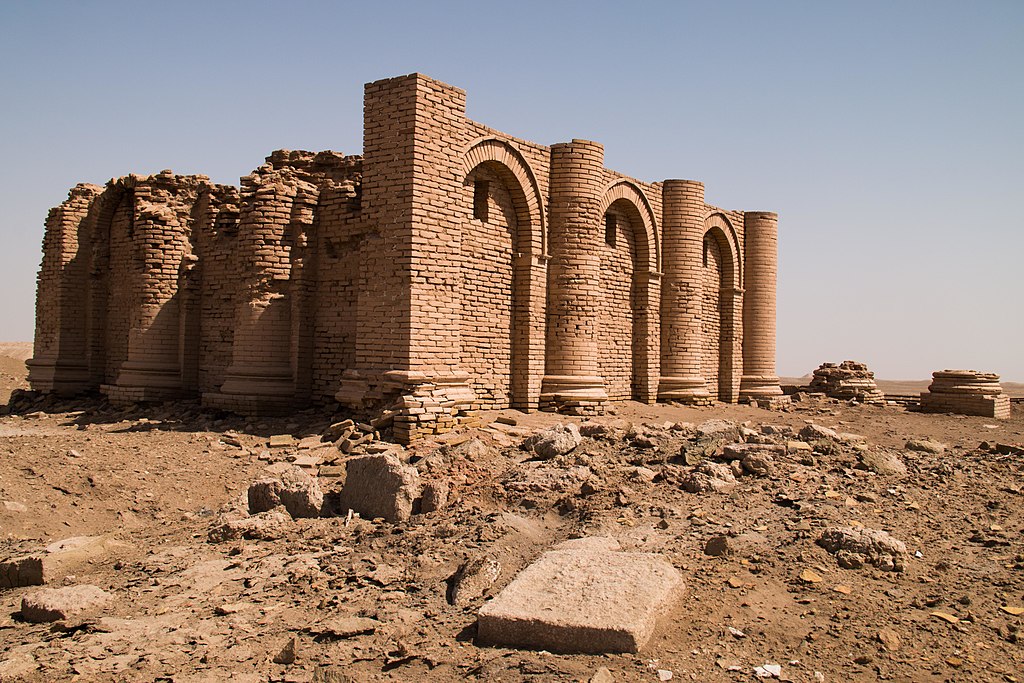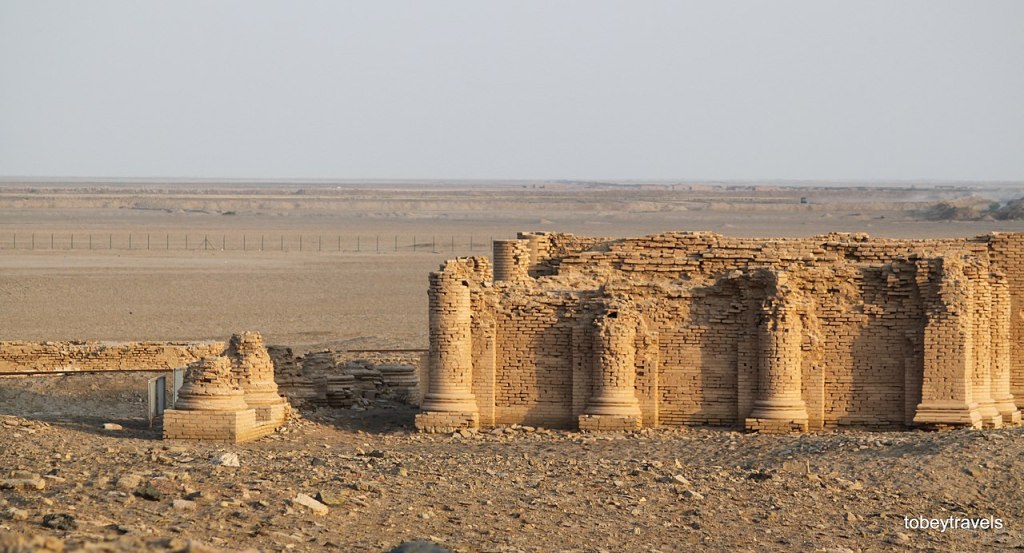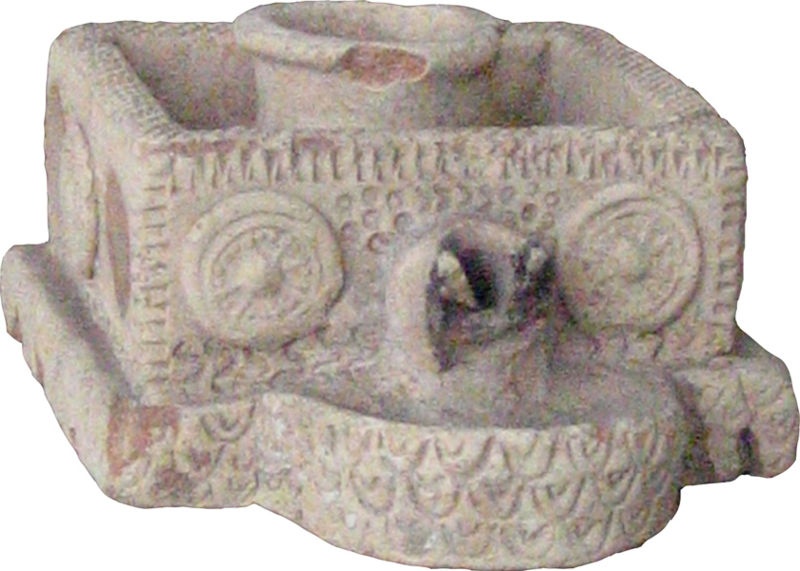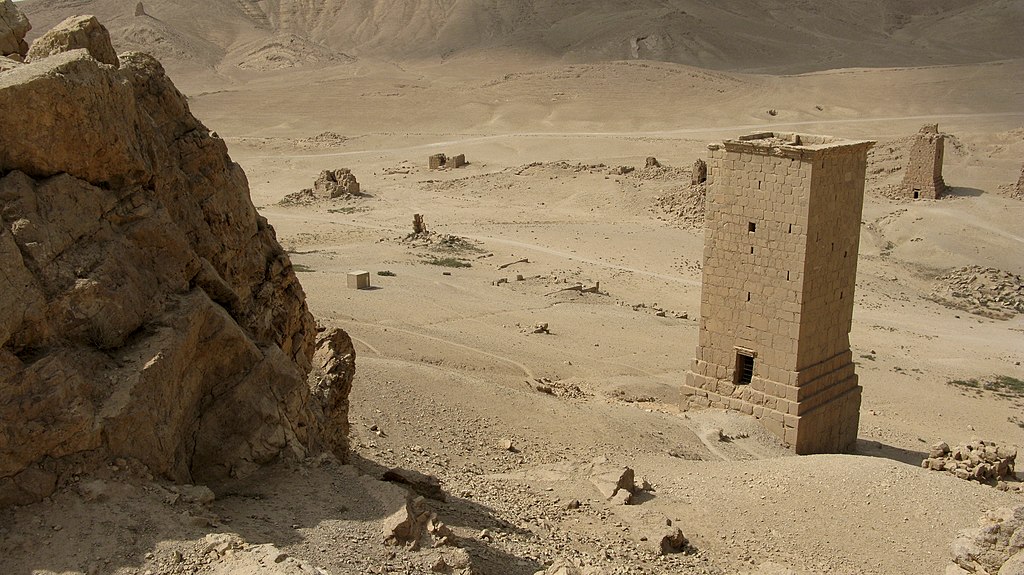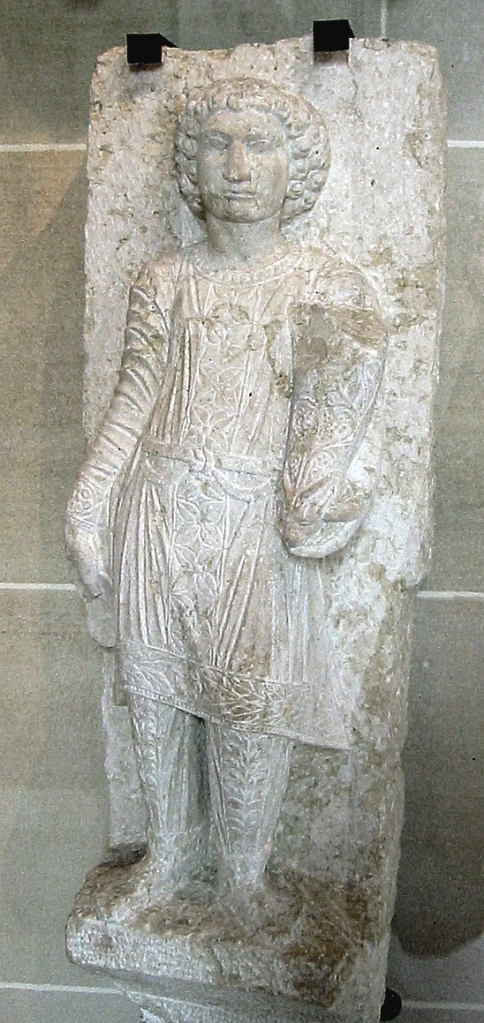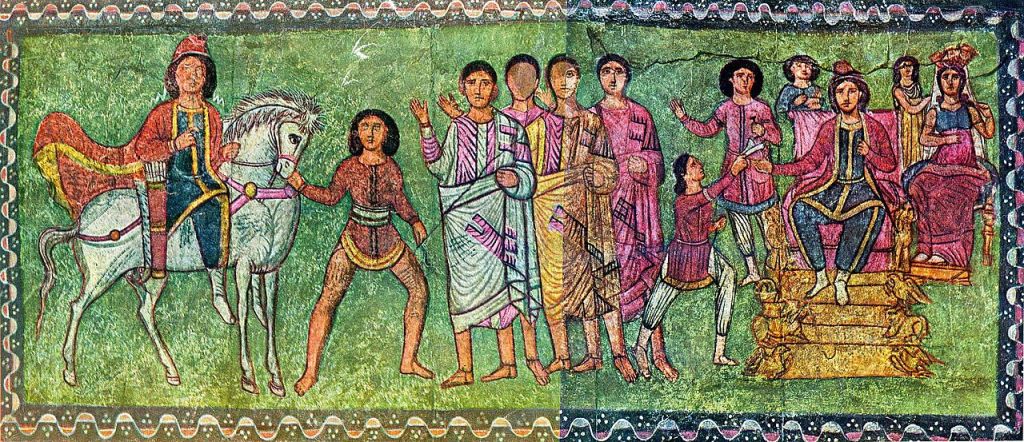Following the publication of an article of mine about Kazakhstan’s chances to bring peace to Israelis and Palestinians and to resolve the Palestinian problem once for all, a Muslim friend wrote to me, asking me to expand on the reasons for some of my proposals. He also made a comparison between Israel/Palestine and Cyprus, and he suggested that for both cases he would support a two-state solution. The present article is my reply to his questions and points about Cyprus. My previous articles about the Israeli-Palestinian conflict (including subtitles and units) and links to them you will find at the end of the present article.

I. Cyprus & Palestine: an Island with one Nation & a Land with two Nations
I find the two cases distinct, and under any circumstances whatsoever I would never compare a land (Palestine) to an island (Cyprus), but my friend started his brief letter with the following sentences: “the solution is two states in Palestine and two states in Cyprus. In Cyprus, there are two peoples, not one. Ethnically, there are no ‘Cypriots’; there is no ‘Cypriot’ nation. The term ‘Cypriot’ is local/geographical, not ethnic / national. In Cyprus, there are two great nations, Greeks and Turks, and some tiny minorities”. Saying this, he drew a parallel between Palestine and Cyprus; but this is wrong.
In Ottoman Palestine, before 1882 (the very beginning of the Zionist ‘Aliyah’ project), Palestinians constituted the quasi-totality of the local population, whereas several tiny minorities lived in peace among them: Turkish Ottoman administrators, Druzes and Jews. With the arrival of the European (mostly Ashkenazi) Jews, the composition of the local population started gradually changing.
It is noteworthy that the arrival of those populations was approved by the Sultan and the Ottoman authorities (until 1917), accepted by the Palestinians in the beginning, fully supported by the English colonial gangsters, strongly opposed by the Palestinians with the passing of time, but originally rejected by the only who knew and understood: the Sephardic Jews of Palestine, who represented an authentic line of continuity between Late Antiquity and Modern Jews.
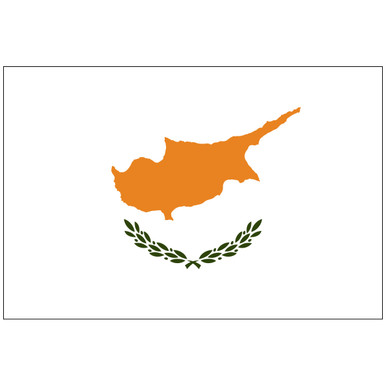

II. 2nd millennium BCE Alashiya (Cyprus)
Quite contrarily, Cypriots were always there. The original name of the island was Alashiya; this is attested in 2nd millennium BCE Assyrian-Babylonian, Hittite, Egyptian hieroglyphic, Ugaritic Canaanite, and Linear B Mycenaean texts. The king of Alashiya is mentioned even in the Amarna Letters; the island was part of the territory of the Hittite Empire for several hundreds of years. Mentioned in the text of Wenamun, early 11th c. BCE Alashiya was ruled by Queen Hatiba – which is the earliest known name of local ruler. As personal name, it is determinately Semitic.
The word ‘Cyprus’ is Semitic too, as it denotes the ‘coast’ or the ‘shore’ in Canaanite and Phoenician. Ethnically, all the Cypriots are Canaanites-Phoenicians entirely identical to today’s Lebanese. The sparse Achaean settlements could not and did not change the irrevocable Semitic Phoenician ethnic and cultural identity of Alashiya-Cyprus.
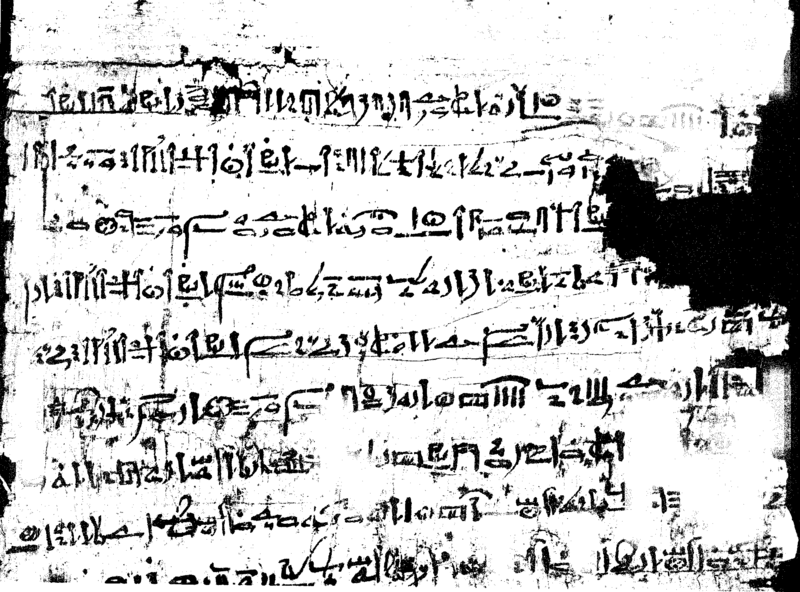
Papyrus with the text of Wenamun in Egyptian Hieratic
III. Vicious, colonial falsification of the History of Cyprus
The History of Cyprus has been extensively tampered with by prepaid pseudo-scholars, bogus-academics, and clownish professors who were on the payroll of London-based Greek ship owners, who were ordered by the Apostate Freemasonic lodge of England to monstrously disfigure the historical realities and to shamelessly portray Alashiya’s History as “Greek”. This fallacy would exacerbate the vicious political myths that were diffused by idiotic politicians and treacherous statesmen in Greece, who -thinking that they would ‘unite Cyprus with Greece-‘ brought disaster, bloodshed and interminable conflict. These were the stupid victims of the English colonial liars and crooks who did not give a damn for the lives of the Cypriots, the Turks, and the Greeks.
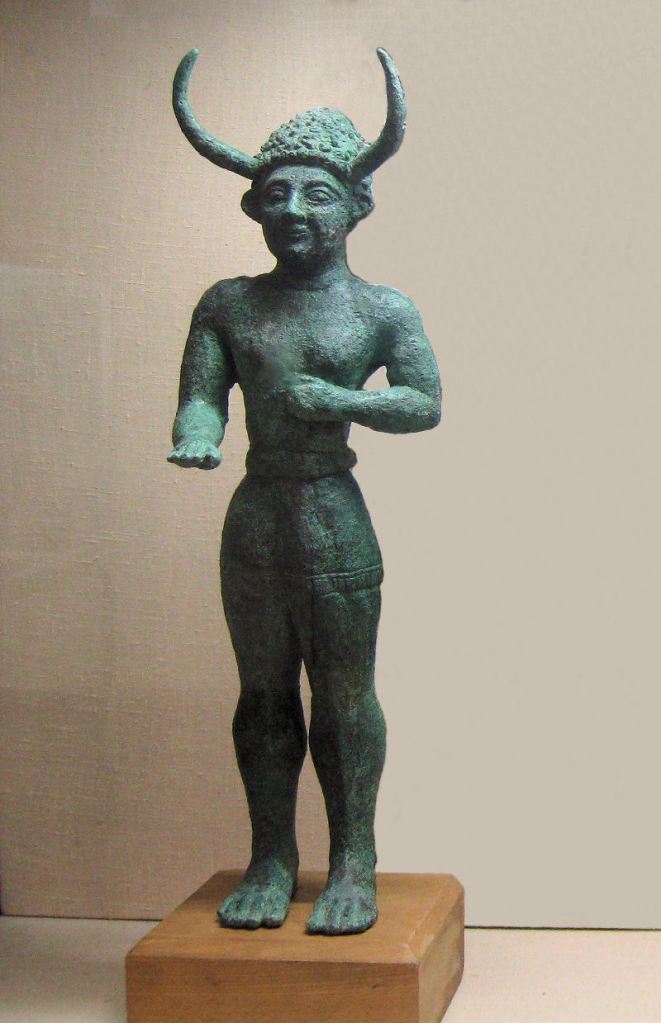
Statue of Baal (12th c. BCE) unearthed in Enkomi, Famagusta; to deny the Semitic-Canaanite identity of the island, the biased archaeologists did not name the statue correctly, but gave it rather an exotic appellation, namely ‘horned god’!
The fallaciously called ‘Late Bronze Age collapse’ is a fake term invented to distort the History of the Oriental Empires; it consists in the invention of a factoid, which is then extrapolated from a marginal and unimportant region (the Anatolian Sea, which is also known as the Aegean Sea) and extended to describe the major centers of advanced civilization, namely Mesopotamia and Egypt, where it does not apply at all! The fabricated term is biased and absurd. It is impermissible to use terms that apply to an unimportant periphery in order to narrate the History of the lands of the great empires and the peoples who developed the major civilizations. In simple words, since there is no ‘Late Bronze Age collapse’ in Mesopotamia, there is no ‘Late Bronze Age collapse’ as a major historical circumstance; it is a marginal phenomenon that concerns peripheral lands to Mesopotamia.

Tjekker (Teucri) and Peleset (Philistines-Palestinians) fighting against the Egyptians and Pharaoh Ramesses III at the Battle of Djahy (ca. 1178 BCE); from the reliefs of the walls of the mortuary temple of Ramesses III at Medinet Habu, Luxor West
The so-called ‘major wave of Greek settlement’ (1100-1050 BCE) was not Greek and was not major; it was in fact ‘Western Anatolian’, and it did not affect Cyprus in particular. In fact, it was the side effect of the invasions of the Sea Peoples, who had nothing to do with ‘Greeks’, but actually destroyed the Achaean (‘Greek’) fortresses and brought an end to the Hittite Empire and its ally, the Mycenaean kingdom.
IV. 1st millennium BCE Cyprus
Cyprus was integral part of the Sargonid Assyrian, Nabonid Babylonian, and Achaemenid Iranian empires; as such, it was entirely disconnected from all the developments that took place in South Balkans during the 5th and the 4th centuries BCE. Cyprus was closer to the Seleucid Empire of Syria, but was always part of the Ptolemaic Empire of Egypt; this fact that reflects the survival of cultural rivalries of the past (Hittite Anatolia, Assyrian-Babylonian Mesopotamia, Egypt).
The gradual diffusion of Alexandrine Koine in Cyprus does not justify any claim of Hellenization; the various settlements of Arcadians did not change the Semitic-Canaanite ethnic identity of the Cypriots. The Romanization and the Christianization of the island constituted two processes, which -in spite of the crucial changes that took place there during the Late Antiquity- consolidated the ethnic unity of the Cypriots, who became part of the Eastern Roman Empire.
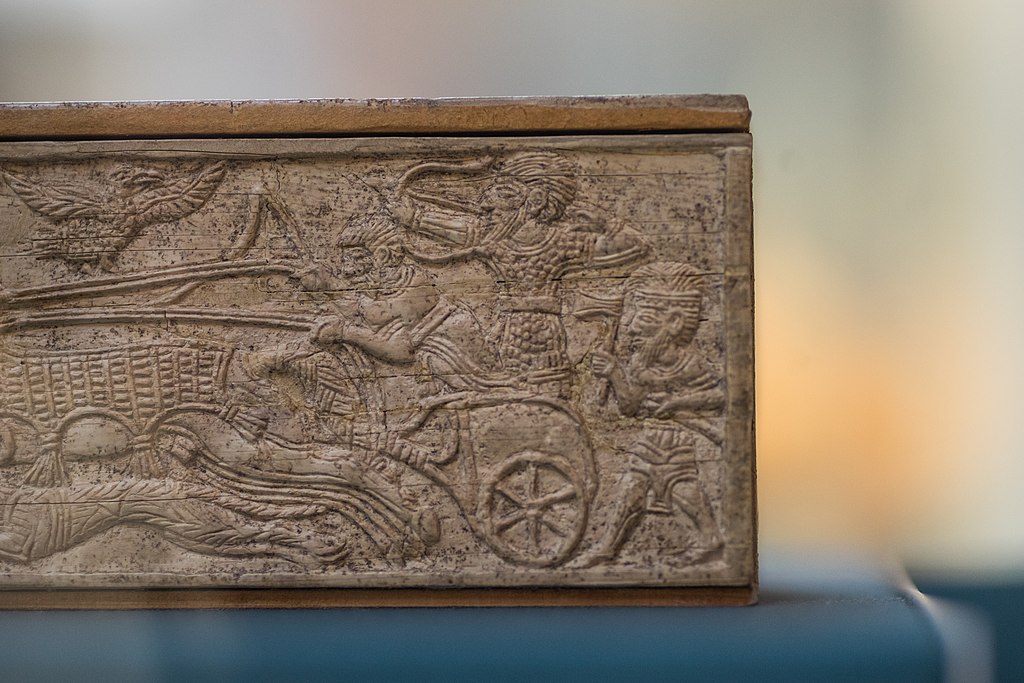
Ivory game board (detail) found at Enkomi, Famagusta; evident imitation of the Assyrian royal art by the artists of the local king who is depicted in hunting.
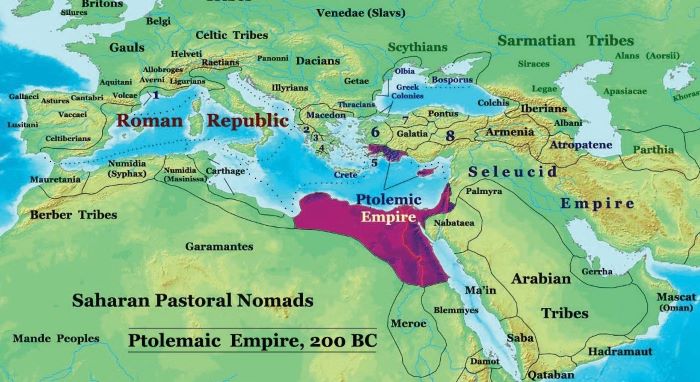
V. Cyprus as part of the Eastern Roman Empire
Cyprus was religiously and administratively important, and this is highlighted by the position of the bishop of Cyprus whose Church was proclaimed autocephalous in the First Council of Ephesus (431 CE) and by the outstanding privileges that Emperor Zeno (reign: 474-475 and 476-491) accorded to Archbishop Anthemius (488 CE). It is interesting that the Patriarchate of Antioch repeatedly failed to incorporate Cyprus into its dominion.
Furthermore, Cyprus was never part of an Eastern Roman ‘theme’ (administrative division), as it consisted in an entirely independent one. The partly Islamization of the island was a slow and rather unusual process which involved an Eastern Roman and Umayyad condominium (688), The Eastern Roman Reconquista (965 CE) took an end with the Crusades (1191), the much loathed (by the Cypriots) Knights Templar, the Lusignan rule (1192-1489), and the Venetian rule that lasted until the Ottoman conquest (1571). The few Ottoman settlers were military officers who entered into mixed marriages, thus having no major impact on the ethnic composition of the local population.
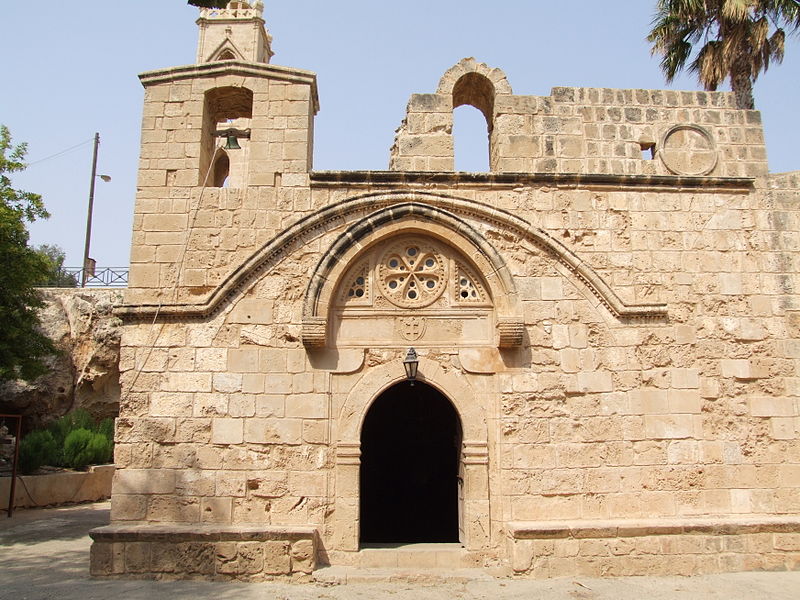
Agia Napa monastery, Cyprus (12th-18th c.)
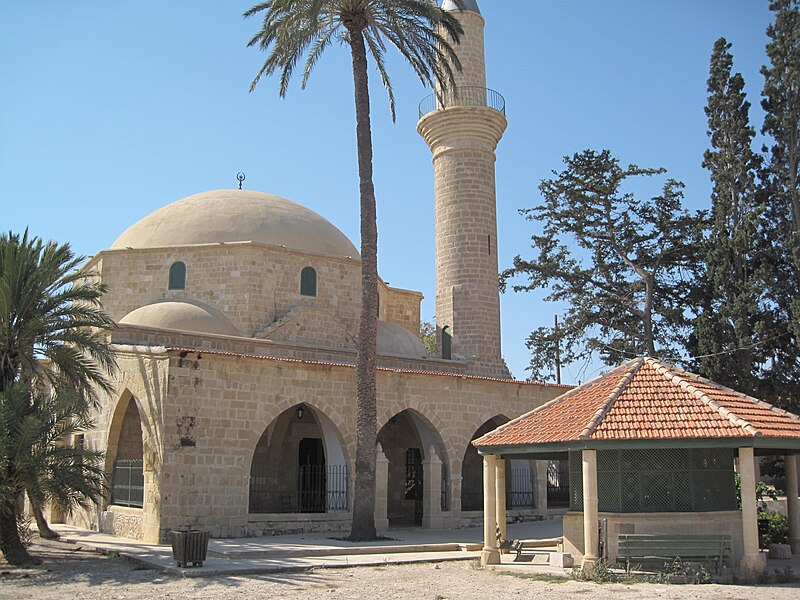
Hala Sultan Tekke (or Mosque of Umm Haram), Larnaca (16th–18th c.)
VI. Conflicts in 20th c. Cyprus: due to the colonial manipulation of the anti-Turkish Greek racists
In fact, the Turkish Cypriots are Cypriots who accepted Islam; because of this, they did not need to further speak Cypriot Rumi, which was the local dialect of the official language of the Eastern Roman Empire. Today, this language, which erroneously called ‘Modern Greek-Cypriot’, is quasi-unintelligible to all the inhabitants of Greece, who lost their Eastern Roman (Romeiki/Rumi) identity and language, as they were forced -within the secessionist Greek state- to learn the fabricated Modern Greek ‘Standard’ language. On the other hand, Turkish-Cypriot has several differences from Ottoman and Modern Turkish.
Cyprus could have reached independence, unity and neutrality, had the nationalist, extremist and suicidal idea of ‘Enosis’ (unilateral union of Cyprus with Greece) not prevailed among the Greeks and the Greek Cypriots.
With the 15th July 1974 coup the Greek state breached the order in Cyprus, thus offering the chance to Turkey to intervene as a warranty power; the Turkish military intervention followed secret English directives. In Nicosia, the division line (‘Green Line’) cut the city into two parts in a way that offered to the Embassy of England the exclusive privilege to have access to both sectors of the divided island. Actually, it had been designed back in the 1960s by an English military officer as a provisory ceasefire line to separate armed groups of the Greek-Cypriots and the Turkish-Cypriots.
All the accusations of Turkey for the so-called ‘military occupation of the northern part of the island’ by the ridiculous Greek politicians, statesmen, corrupt journalists, chauvinist pseudo-academics, and racist bogus-intellectuals are nothing more than the most convincing proof of their high treason and the best confirmation of their subordination to foreign countries’ interests. By deliberately taking adamant and unrealistic positions, they make it sure that the problem is never resolved and people in Greece are thus fooled, fanaticized and sentimentally manipulated.
In an article published in Greek in Exormisi (‘Sortie’; then daily newspaper organ of PASOK in Greece) on 18th April 1990, I was the first to publicly demand the official Greek recognition of the Turkish Republic of Northern Cyprus. The ignorant, idiotic, pathetic, corrupt and ludicrous political microcosm of Greece, by rejecting to pay heed to my unmistakable advice, only worsened the position of the country, as they demonstrated worldwide that they are miserable autistics or mentally defective morons. Whether you like it or not, the international community is not a primary school, and the states are not naïve pupils; there are no excuses for mistakes made and for acts breaching the international law, which is the consecration of the Law of the Jungle. For the silly Greek politicians and diplomats it is therefore ludicrous to endlessly complain for something that Greece caused in the first place, by launching the 15th July 1974 coup against President Makarios.
I don’t reject the idea of two states on the island of Cyprus; on the contrary, I fully supported it in the past, back in the 1990s, when Turkey was not an ailing state with paranoid crooks and pseudo-Islamist gangsters in the government. However, this is a matter of local governance. A confederal state could also be viable and successful. Turkish Cypriots have always been staunch Kemalists, as they accept only a secular form of state, while also rejecting the presence of idiotic Islamist Anatolian settlers. Today, a confederal, bi-communal, secular state in Cyprus would make sense. The solution of two states on the island would surely push the small states to unwanted conditions of dependence on Greece and Turkey respectively, and this is something that neither Greek Cypriots nor Turkish Cypriots would like.
VII. Greek & Turkish Cypriots’ enemies are Greece, Turkey and England
As it often happens in all the postcolonial states, the opposition to the absurd and disastrous Greek governmental position as regards the Cyprus problem is carried out also by the colonial powers’ stooges who are employed in order to diffuse other wrong ideas, thus placing the average Greeks in front of a fake dilemma. The steady, incessant generation of fake dilemmas is the method by which colonial powers rule their former colonies.
Consequently, ignorant journalists, being on the payroll of the London-based Greek ship owners and the US-based Greek Diaspora, propagate absurd ideas and vicious concepts, publishing scores of nonsensical articles to fool the average readers. In doing so, they support the current position of Greece’s ailing government on the matter. To be exact, the leftist approach taken by the most reviled government of Greece with respect to the Greek-Turkish relations and the respective position of Turkey’s Islamist gangsters are calamitous for both countries’ vital interests. The same is valid for the ‘new’ Greek approach to the Cyprus problem. It is not strange to qualify the Greek government’s positions as ‘leftist’; although masqueraded as conservative, the New Democracy party has always implemented a Trotskyist agenda.
In his letter, my Muslim friend quoted an article from Anihneuseis portal (see links below) in which the author expressed the following absurd question:
– Why should Greek-Cypriots and Turkish-Cypriots be forced to live together? The Turkish-Cypriots will never ‘return’ (sic!) as minority to a state that is basically in the hands of Greek-Cypriots.
This paranoid statement reflects the stupid ideas of corrupt Greek journalists and analysts who write in order to reproduce the Islamist propaganda of Turkey, being on the payroll of the criminal Islamist regime of Ankara. Turks have to overthrow the Islamist regime at once, close down all pseudo-Islamist schools and bogus-tariqas, and get their country back from the colonial cholera of AKP. And Greeks have to remove the present government as soon as possible, before it makes of the country Europe’s best example of population replacement.
Greek-Cypriots and Turkish-Cypriots loved living together until the moment the criminal stooges of England started diffusing among Greeks and Greek Cypriots the evil concept of ‘Enosis’ (Union) between an entirely non-Greek nation (Cyprus) and another equally non-Greek nation, which has been tyrannically ruled for 200 years within the dictatorial pseudo-state of ‘Greece’, undergone a spiritual genocide, and turned from real Christian Orthodox Eastern Romans into deluded and besotted bogus-Greeks, i.e. expendable stuff for the anti-Christian and anti-Islamic policies of the Western colonials of France, England and America.
The easiest response to the aforementioned, totally absurd, question is that Greek-Cypriots and Turkish-Cypriots will love living together again as soon as they have the courage to speak sincerely to one another, agree on basic confidence-building measures, block reciprocally every type of Turkish and Greek interference, replace the Turkish soldiers with a UN peace keeping force, and ban every discussion about Hellenism, Greek impact on the History of Cyprus, and ‘Union’ with Greece. It goes without saying that Standard Modern Greek must be banned from the primary, secondary and tertiary education in the so-called ‘Greek-Cypriot’ sector (which must be renamed ‘Eastern Roman sector’), whereas Turkish Cypriot linguistic and cultural particularities must be strengthened in the completely secular education of the Turkish Cypriot sector.
Actually, there is no minority in a bi-zonal state; and this perspective of pacification, unification and rehabilitation of Cyprus is the red cloth for the bull. The criminal colonials of England intend to perpetuate the problem, causing many successive transformations to the same issue, in order to remain the only power to locally pull the strings. A united, confederal, bi-zonal state of Cyprus void of interference will have every right to close down the English military bases, terminating the colonial presence on the island once forever.
VIII. Cyprus, Egypt, and the true parallel: two communities in one nation
In fact, with respect to the two communities of Modern Cyprus, there is only one parallel that can be drawn; this is with Egypt. Reminiscent of the ancient impact and involvement, the socio-cultural conditions in the Valley of the Nile and on the island of Cyprus do enable us to establish an analogy.
Egyptians are one nation with two ethnic-religious communities: Christians and Muslims. The former speak Coptic and the latter use a Modern Arabic dialect as a means of everyday communication. However, both communities are indigenous Egyptians or if you prefer Copts (Christian Copts and Muslim Copts). Egyptian Muslims are not Arabs or other foreigners who came to settle in the Valley of the Nile; they are historical Egyptians (Copts) who gradually after 642 CE started accepting Islam; because of this, they did not use Coptic language anymore and they forgot it.
Similarly, Cypriots are one nation with two ethnic-religious communities: Christians and Muslims. The former speak Cypriot Eastern Roman (Rumi) language (which is falsely called Greek Cypriot) and the latter use a Turkish dialect slightly different from Standard Modern Turkish as a means of everyday communication. However, both communities are indigenous Cypriots. Cypriot Muslims are not Turks or Turkmen who came to settle in the island. The Ottoman soldiers who settled in Cyprus were very few. The bulk of the Turkish Cypriots are Cypriots who either entered into mixed marriages or accepted Islam during the Ottoman period.
To start further research:
https://en.wikipedia.org/wiki/Sea_Peoples
https://en.wikipedia.org/wiki/Alashiya
https://en.wikipedia.org/wiki/Amarna_letters
https://en.wikipedia.org/wiki/Late_Bronze_Age_collapse
https://en.wikipedia.org/wiki/Story_of_Wenamun
https://www.academia.edu/49730654/Οι_Περιπέτειες_του_Ουεναμούν_The_Adventures_of_Wenamun
https://en.wikipedia.org/wiki/Cyprus#History
https://en.wikipedia.org/wiki/Cypro-Minoan_syllabary
https://en.wikipedia.org/wiki/Cypriot_syllabary
https://en.wikipedia.org/wiki/Ancient_history_of_Cyprus
https://en.wikipedia.org/wiki/Roman_Cyprus
https://en.wikipedia.org/wiki/Cyprus_in_the_Middle_Ages
https://en.wikipedia.org/wiki/Cyprus_(theme)
https://en.wikipedia.org/wiki/Kingdom_of_Cyprus
https://en.wikipedia.org/wiki/Ottoman_Cyprus
https://en.wikipedia.org/wiki/Cypriot_Greek
https://en.wikipedia.org/wiki/Cypriot_Turkish
https://www.anixneuseis.gr/για-μια-εναλλακτική-στρατηγική-στο-κυ/
https://www.anixneuseis.gr/ρίτσαρντ-φαλκ-στο-βημα-οι-ηπα-θα-είναι/
——————————–
Earlier articles about the Palestinian-Israeli problem (titles, subtitles, units and links):
Palestinians vs. Israelis: 11 Hidden Historical Truths about a Futile War
I. No Religion subsists without Moral, and no Nation exists due to Fake History
II. 11 Points of Historical Clarification about the Palestinian-Israeli Conflict
Point 1: the Israelis are not ethnically Hebrew
Point 2: the Israelis are not religiously Hebrew
Point 3: ‘Judaism’ is not identical to the Ancient Hebrew religion
Point 4: Jews represented an apostate minority of the Hebrews
Recapitulation
Point 5: the last historical state of the Jews was named Judah / Judaea, not ‘Israel’
Point 6: there is no right to the Promised Land for the Jews
Point 7: the entire Old Testament is a posterior fabrication full of distortions
Point 8: among today’s so-called ‘Jews’ only 10-15% are truly Jews: the Sephardi
Point 9: today’s so-called ‘Jews’ are not ethnically Jewish: the Ashkenazim
Point 10: Reform Judaism is not Judaism
Point 11: Modern Hebrew (Ivrit) is a fake, constructed, non-Semitic language
https://vk.com/megalommatis?w=wall429864789_10099%2Fall
——————-
Israelis vs. Palestinians: 6 Concealed Historical Truths about the Lost Wars
I. The Spiritual and Moral Conditions of National Resistance
II. 6 Points of Historical Clarification about the Israeli- Palestinian Conflict
Point 1: Palestinians are not Arabs, but victims of Arabization and Pan-Arabism.
Point 2: The Aramaean and Philistine Past of the Palestinians
Point 3: The Sea Peoples and the Peleset-Pelasgian-Cretan Ancestry of the Palestinians
Point 4: Palestinian Islamists and Israeli Zionists: Criminal Accomplices in the Formation of a Deracinated Nation that functions as Expendable Material
Point 5: Lack of Self-criticism brings Disaster, Death and Damnation
Point 6: the Interminable Failures of the Palestinians
https://vk.com/megalommatis?w=wall429864789_10114%2Fall
———————-
Antiquity & Eschatology of Freemasonic, Jesuit & Zionist Orders as Vector of the Israeli-Palestinian Conflict
Introduction
I. Why Jesuits, Freemasons and Zionists cannot have or believe in a religion
II. Jesuits, Freemasons and Zionists vs. Islam, Christianity and Judaism
III. The Oriental Antiquity of the Freemasons
IV. The Oriental Antiquity of the Jesuit Order
V. The Zionists before Judaism
VI. The Mesopotamian Kassite Origin of the Zionists
VII. The Kassites and the Abomination of Marduk-Yahweh
VIII. The Guti, the Kassites, the Flood, and Zionism
IX. Guti, Kassites, Gog & Magog, Unclean Nations, and Alexander the Great
X. Jews, Fake Jews, Alexander the Great, the Seleucid Dynasty, and Flavius Josephus
XI. Jews, Fake Jews, Pharisees, Sadducees, Essenes, and the Romans
XII. Gog, Khazars, and Ashkenazi Zionism
https://vk.com/megalommatis?w=wall429864789_10184%2Fall
——————
Can Kazakhstan’s Pres. Kassym-Jomart Tokayev bring Peace to Palestine & Israel?
The successive stages of the preparation of a Palestinian-Israeli peaceful co-habitation plan
Introduction
I. Palestine-Israel: 10 points of common evaluation of past and present facts
II. Palestine-Israel: 10 points of shared perception of the lurking dangers
III. Palestine-Israel: 10 points of a basic agreement on Gaza Strip
IV. Palestine-Israel: 10 points of a basic agreement on West Bank
V. Ten strengths that empower Kazakhstan to bring about the only effective peaceful resolution of the Palestine-Israel conflict
VI. Ten pillars of Kazakhstan’s approach to the resolution of the Palestine-Israel conflict
VII. Ten stages of Kazakhstan’s plan to terminate the Palestine-Israel conflict – recapitulation and diagram
Basic links/points of reference to eventually consult:
https://vk.com/megalommatis?w=wall429864789_10279%2Fall
————-
Israel’s Problem is the West, not Hamas!
Response to Ayelet Gilboa’s Letter about Hamas in Israel
Introduction
I. The enormous educational divide between the Israelis and the Palestinians
II. There is no nation without proper nation-building and National History
III. The colonial trap was prepared for the Jews before the return (Aliyah)
IV. Helping Palestinians become a proper nation with a National History is the best line of defense for the Jewish state
V. Either Jewish Orientalists kill the colonial ‘Arab’ myth, liberating all the surrounding nations, or you will all be annihilated
VI. The Western colonial fabrication of ‘Arabs’, a nonexistent nation
VII. Intending to return as Jews, you arrived as Westerners
Further online search
https://figshare.com/articles/presentation/Israel_s_Problem_is_the_West_not_Hamas/24570496
https://vk.com/megalommatis?w=wall429864789_10314%2Fall
https://www.academia.edu/109216738/Israels_Problem_is_the_West_not_Hamas_
———————————————-
Download the article (text only) in PDF:
Download the article (with pictures and legends) in PDF:


